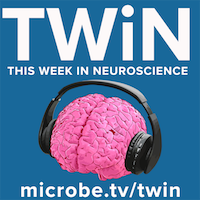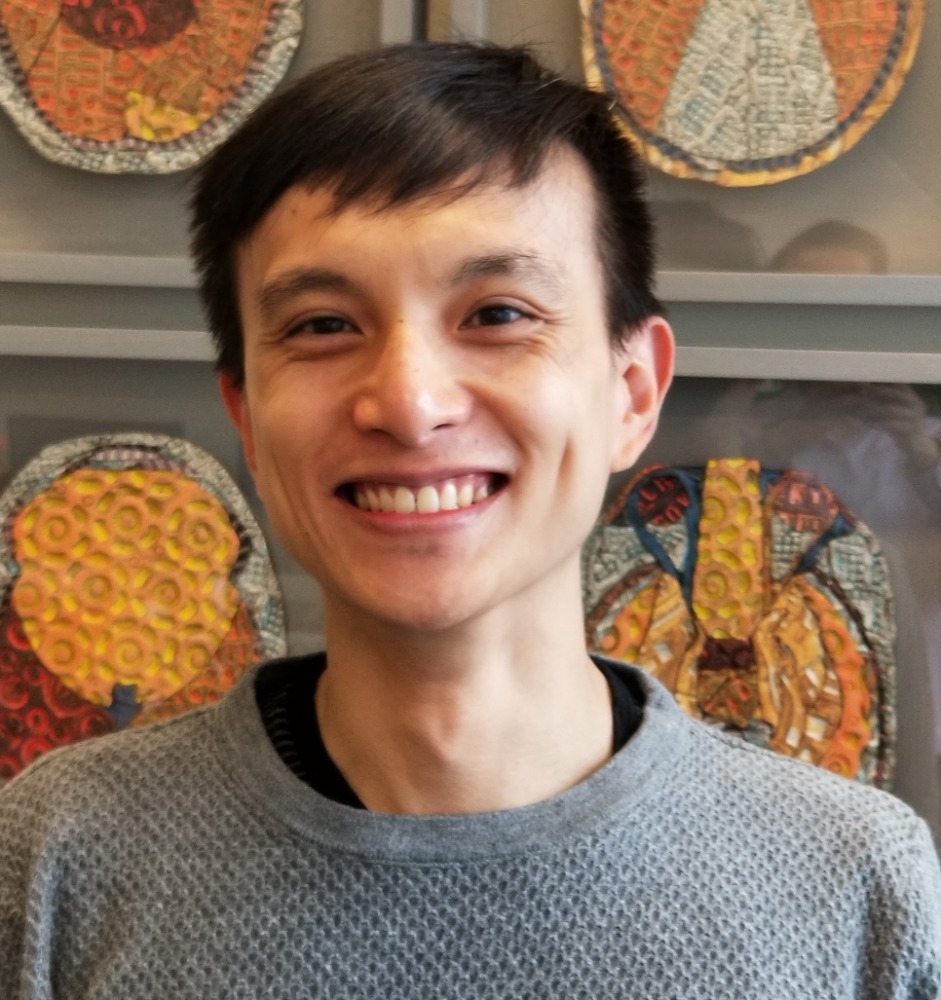Joseph Paton and Felipe Rodrigues join TWiN to explain how they used temperature manipulation to alter the speed of neuronal dynamics in the dorsal striatum of rats, a manipulation that selectively slowed down or sped up time perception, illuminating the mechanisms of time-based decisions.
TWiN describes a study that reveals activation of endogenous retroviruses in oligodenroglia from patients with traumatic brain injury.
TWiN reviews an amazing study of a man who was paralyzed after a spinal cord injury and regained the ability to walk after implantation of a brain-spinal cord interface.
TWiN explains research showing that interaction between glioma cells and neurons in the brain shares mechanistic features with synaptic plasticity that contributes to memory and learning in the healthy brain.
TWiN discusses research showing that sciatic nerve activation with electroacupuncture at the sciatic nerve controls systemic inflammation and rescues mice from polymicrobial peritonitis, by inducing vagal activation of aromatic L-amino acid decarboxylase, leading to the production of dopamine in the adrenal medulla.
TWiN reviews a mouse model of ADHD to characterize hypersensitivity to pain, and that sensitization is further amplified in a pathological inflammatory state.
TWiN discusses a study of on the pathways that control opioid analgesic tolerance, a root cause of opioid overdose and misuse, which can develop through an associative learning.
Vivianne explains how early in Alzheimer’s disease, the brain attempts to counteract the increased excitatory drive caused by amyloid deposition, and that melanin-concentrating hormone, produced during sleep, is involved in this protective response.
Tim takes TWiN through two studies on the role of dopamine: that syllables are natural units of spontaneous behavior used by the brain to structure action, and that mesolimbic dopamine release conveys causal associations but not reward prediction errors, thereby challenging the dominant theory of reward learning.
Junjie from Jason’s lab joins TWiN to discuss the observation that the cell gene PNMA2 encodes non-enveloped virus-like capsids that induce autoantibodies which underlie paraneoplastic syndrome.





